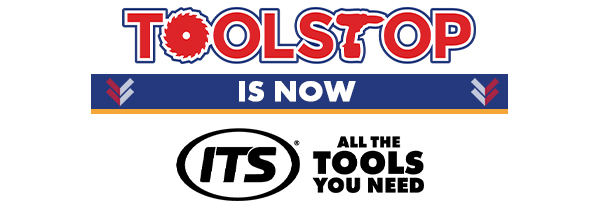Drywall Cutters
Drywall cutters are designed for precise, clean cuts through drywall, plasterboard, and similar materials. Essential for builders and remodelers, these tools streamline installation and finishing work, enabling efficient and accurate cuts on-site.
Who Uses Drywall Cutters?
Drywall cutters are indispensable for professionals like drywall installers, remodelers, and electricians. Their efficiency and precision make them ideal for cutting drywall accurately, helping users save time and maintain quality.
- Drywall Installers – Use drywall cutters to make precise cuts, ensuring a clean fit around outlets, windows, and doors.
- Remodelers – Drywall cutters aid in accurate cuts for renovations, helping achieve a smooth, professional finish in both new and existing spaces.
- Electricians – Essential for cutting drywall around electrical boxes and wiring, enabling easy access and secure fits.
- DIY Enthusiasts – Ideal for home projects involving drywall, from small repairs to complete wall installations.
Drywall Cutters Are Great for Jobs Such As:
- Cutting drywall sheets – Achieve clean, straight cuts in drywall sheets for efficient installation in construction and remodeling projects.
- Creating openings for outlets and switches – Ideal for precise cutouts around electrical components, ensuring a neat fit for outlets and light switches.
- Cutting curves and shapes – Useful for custom cuts in drywall to fit unique spaces or architectural designs.
- Trimming drywall edges – Perfect for adjusting drywall panels to fit snugly against framing or other materials.
- Repairing damaged drywall – Useful for cutting out damaged sections of drywall, enabling quick repairs and replacements.
How to Choose the Best Drywall Cutter
Choosing the right drywall cutter depends on the types of cuts you need, the material thickness, and ease of use. Here are key specifications to consider when selecting the best tool for the job:
1. Blade Type
Drywall cutters often use fixed or retractable blades, depending on the tool. Look for durable, sharp blades designed to handle the material thickness, providing smooth cuts without snagging.
2. Cutting Depth
A cutter with adjustable cutting depth lets you work with different drywall thicknesses. This feature ensures versatility and accuracy, especially for multi-layered drywall projects.
3. Handle and Grip
Ergonomic handles with non-slip grips reduce fatigue and improve control, particularly for prolonged use. A comfortable grip allows for more precision when cutting intricate shapes or repetitive tasks.
4. Durability and Build Quality
Choose a drywall cutter made from sturdy materials that can withstand frequent use. High-quality cutters reduce the risk of blade breakage and improve tool longevity.
5. Safety Features
Safety features like retractable blades or blade guards protect users during cutting. These features are particularly important for users who handle drywall cutters frequently.
Compatible Blades and Accessories for Drywall Cutters
Accessories and compatible blades for drywall cutters enhance their performance and convenience. From specialized blades to dust management tools, the right accessories improve precision and reduce cleanup time.
| Blade Type | Primary Application | Example Image |
|---|---|---|
| Standard Utility Blade | Versatile for straight cuts in drywall, offering clean edges for easy installation. |  |
| Jab Saw Blade | Used for plunge cuts and irregular shapes, ideal for cutting around outlets and fixtures. |  |
| Dust Collection Attachment | Minimizes dust by connecting to a vacuum, keeping the work area cleaner and improving visibility. |  |
Frequently Asked Questions
What materials can a drywall cutter handle?
Drywall cutters are specifically designed for drywall and plasterboard, but they can also cut through similar materials like thin plywood or foam insulation with the right blade.
How do I make clean cuts with a drywall cutter?
To achieve clean cuts, use a sharp blade and ensure steady, even pressure. For straight cuts, use a guide or ruler. Avoid over-pressing, as this can cause tearing.
Can a drywall cutter be used for curves?
Yes, with a flexible blade or jab saw, drywall cutters can handle curved cuts and custom shapes. This is useful for unique designs or fitting around fixtures.
Is dust control important when cutting drywall?
Yes, drywall dust can be a nuisance and a health risk. Using a dust collection attachment or cutting in a well-ventilated area can help manage dust levels.
How do I maintain my drywall cutter?
Regularly check and replace blades as they dull, and clean off dust build-up to prevent clogging. Inspect the handle and any moving parts to ensure a secure, smooth operation.



